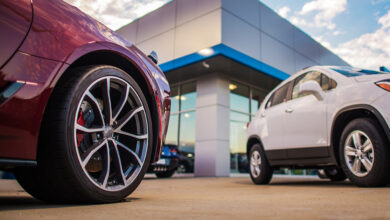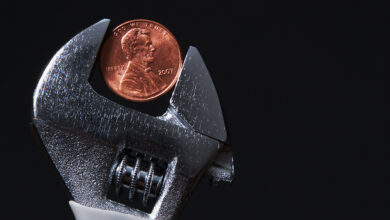Proper Shop Heating Brings Warm Feelings
Choose a heating solution that best fits your shop's configuration & square footage...
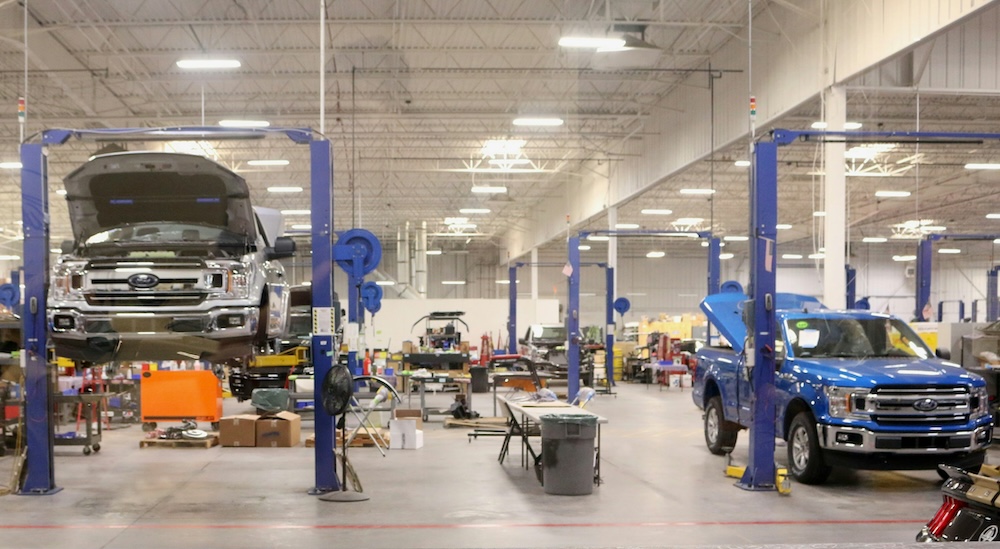
This article originally appeared in the September 2024 issue of THE SHOP magazine.
By Jamie Tuinstra
Operating a specialty automotive aftermarket shop comes with a number of responsibilities and costs. And just like the vehicles they service, these shops require regular maintenance and occasional updates to keep equipment and facilities in good working condition.
Since utility bills can be a significant expense for aftermarket businesses, it’s especially important to choose the right kind of heating system to keep those costs within reason. This can pose some challenges, however, since most shops have large bay doors that remain open a good portion of the day.
While summer may be an odd time to be thinking about heating, it’s actually best to consider planning for preventative maintenance or replacement in the off season while your system is not in use. The last thing shop owners will want to happen is to fire up those heaters at the first sign of cold temperatures and have them not work.
CHOOSING A HEATING SOLUTION
A lot of heat can escape through the open bay doors of an auto shop, leading to energy inefficiency and decreased heating effectiveness.
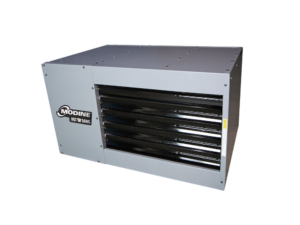
Opting for compact infrared or unit heaters that can be hung from ceilings is a good choice, as they are typically more energy efficient and do not take up a lot of space.
They can provide sufficient heat and are much more cost-effective options than larger commercial HVAC systems. Conventional heaters lose heat through ventilation, open doors and poorly insulated walls.
Infrared Heating Solutions
Infrared heating solutions are a good option for specialty shops. They minimize heat loss, providing significant energy savings. Even with bay doors open, the warmth remains within the heated zone, maintaining consistent temperatures.
Infrared heating systems will efficiently radiate heat to warm surfaces, machinery, tools, cars, floors and people.
Heat is delivered rapidly, emitting warmth almost immediately upon activation. This swift warm-up enables employees to work comfortably without the need to wait for the entire area to reach the desired temperature.
Although professional installation is recommended, the process is simpler compared to traditional commercial units. Modine, for example, offers a unit equipped with externally mounted controls, granting access to the gas valve, control system, transformer and gas orifices, making the installation process easier.
Unit Heaters
Unit heaters are also an excellent option for auto shops. This type of heater has a smaller footprint, much like infrared heaters, and can also be hung up off the floor and out of the way.
Because they are compact, it’s also possible to install multiple unit heaters around the shop to distribute heat evenly. Modine offers an electric heating solution called the Amp Dawg, which works well in light commercial settings.
The heat from unit heaters can be recovered quickly. When the bay doors are opened, the unit heater will kick on to ensure an excessive amount of heat doesn’t escape. In addition, as previously noted, they are smaller in size, allowing more room in the space for equipment and employees to work.
The universal nature of unit heaters makes them an optimal choice for many shops.
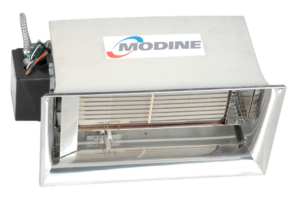
PREVENTATIVE MAINTENANCE
Preventative maintenance plays a crucial role in maximizing the efficiency, longevity and safety of heating systems.
Depending on the type of heating system, the maintenance requirements will vary. For electric heating systems, typical maintenance tasks will include inspecting and cleaning the heating elements and reflectors to remove any dirt, dust or debris that can hinder heat distribution.
Additionally, checking for loose connections, worn components or signs of corrosion that could lead to potential malfunctions is recommended.
It’s best to have a licensed professional technician perform the inspection, as they are trained to identify any underlying issues.
For gas-powered units, technicians will check the equipment, including fans, wiring, gas pipes and venting systems, for any damage that may have occurred during the heating season.
They will also check for any cracks or rust on the heat exchanger, clean the burners and see if the vent pipe is rusty or blocked. They’ll take a look at the water traps and condensate lines on high-efficiency units as well.
Additionally, they will examine thermostats for cleanliness, connectivity and correct temperature settings.
One issue that can arise with gas-powered heaters is an obstructed flame sensor. Over time, the flame sensor can become dirty or coated with residue from combustion, which can lead to issues such as improper burner ignition or frequent shutdowns due to false readings. The technician providing the maintenance should clean it during routine maintenance.
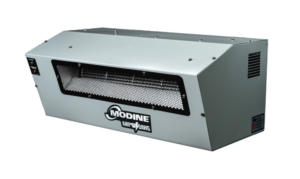
MAINTAINING COMFORT
Optimizing heating efficiencies in automotive shops is essential for maintaining a comfortable working environment and controlling operational costs. With utility bills representing a significant expense, selecting the right heating solution is crucial, especially considering the challenges posed by bay doors that often remain open.
While it may seem counterintuitive to focus on heating solutions during the summer months, planning for preventative maintenance or replacement during the off-season ensures that systems are ready when temperatures drop.
[Jamie mug] Jamie Tuinstra is a product manager at Modine Manufacturing. He has been in the heating and cooling industry for 25 years and with Modine for 16. Building on more than 100 years of excellence in thermal management, Modine provides systems and solutions designed to improve air quality and conserve natural resources.
